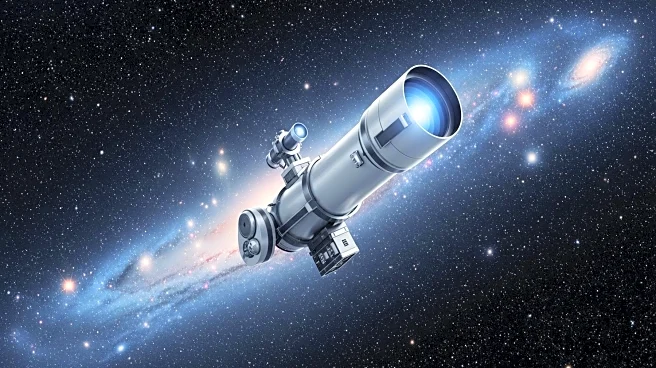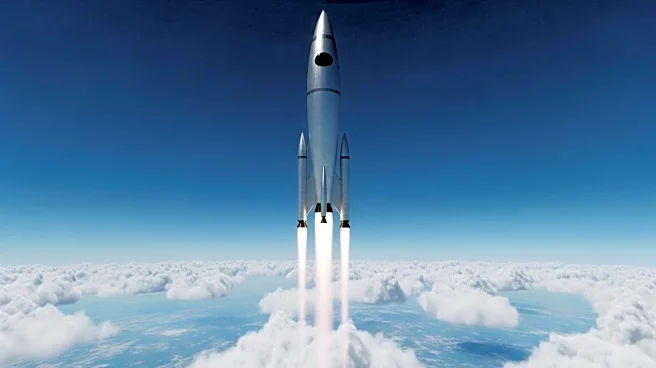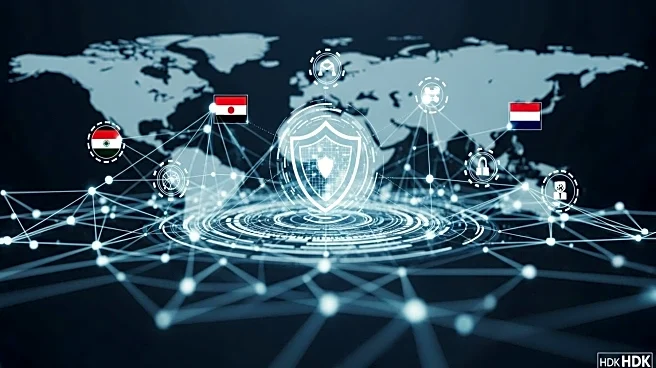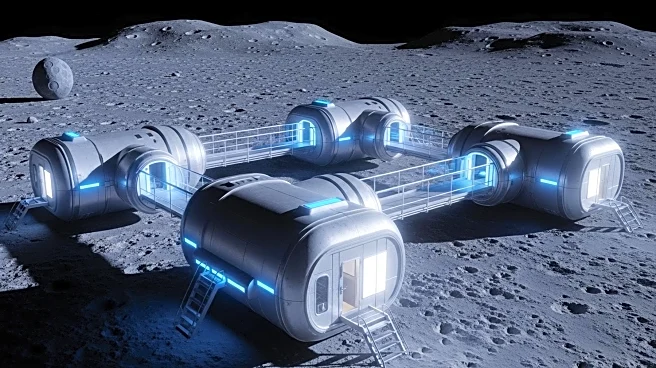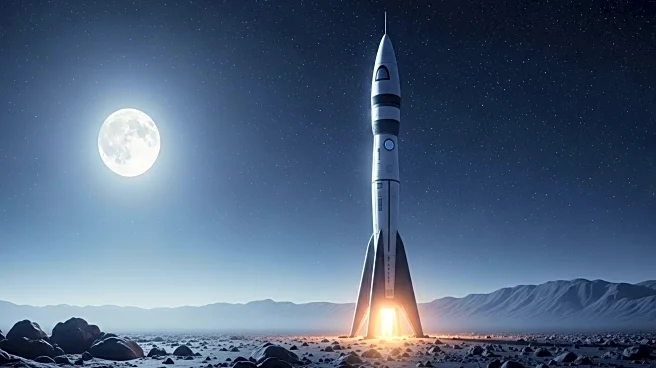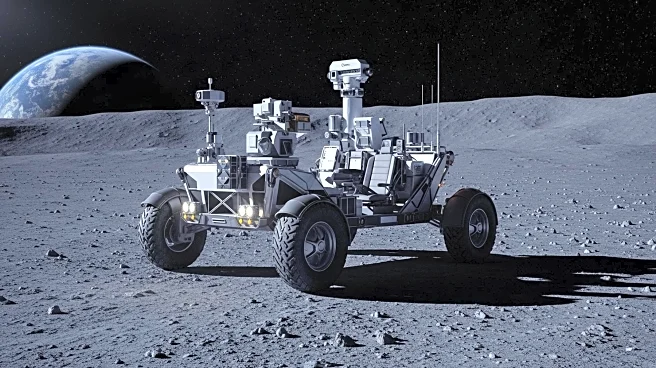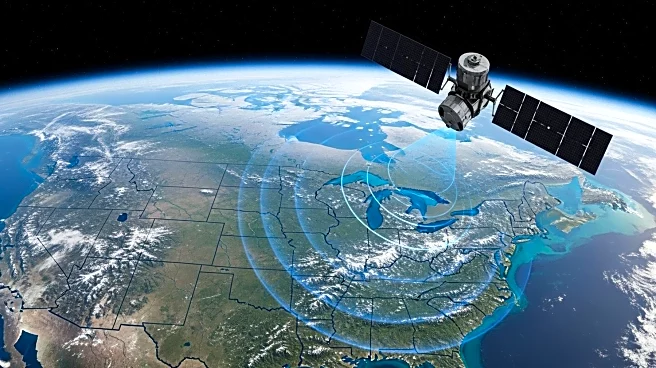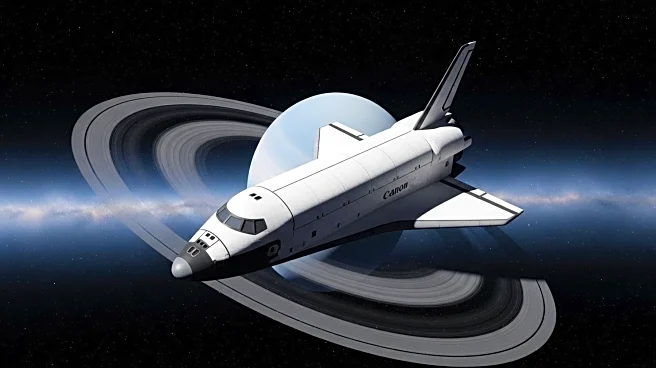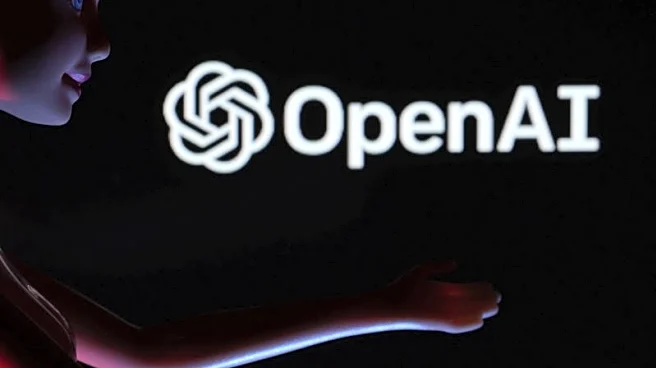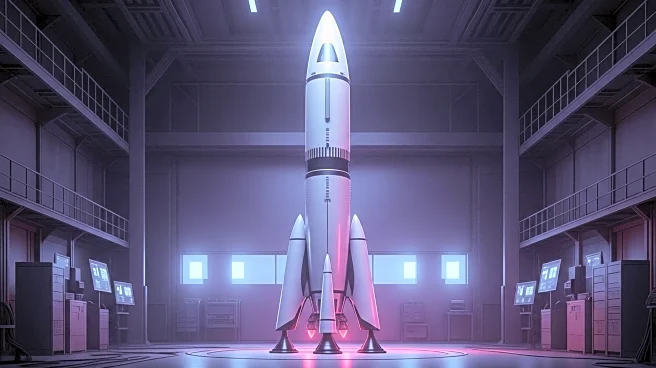What is the story about?
What's Happening?
NASA has awarded a $30 million contract to Katalyst Space Technologies to execute a high-stakes orbital maneuver aimed at saving the Neil Gehrels Swift Observatory from atmospheric drag. The observatory, which has been studying gamma-ray bursts for two decades, is experiencing rapid orbital decay due to increased solar activity. Katalyst will attempt to boost the telescope to a higher orbit using a commercial robotic spacecraft, marking the first time a government satellite not designed for servicing will be captured and reboosted. The mission is urgent, as the observatory faces a 50% chance of uncontrolled reentry by mid-2026.
Why It's Important?
The rescue mission is significant for advancing U.S. capabilities in satellite servicing, potentially unlocking a new era where satellites can be routinely serviced rather than discarded. This development could extend the life of more spacecraft, preserving critical scientific capabilities. The mission also highlights the importance of rapid-response capabilities in space operations, which are crucial for national security. Successful execution could demonstrate the U.S.'s ability to quickly respond to threats in space, enhancing resilience and operational capabilities.
What's Next?
Katalyst must be ready to launch the rescue mission within eight months, with docking operations scheduled for June 2026. The success of this mission could pave the way for future satellite servicing operations, potentially extending the life of other critical space assets. The operation will also serve as a demonstration of rapid-response capabilities, which could influence future policy and investment in space technology.
Beyond the Headlines
The mission underscores the growing importance of satellite servicing in national security, as demonstrated by China's recent advancements in this area. The ability to service satellites on-orbit could become a strategic advantage, influencing geopolitical dynamics in space exploration and defense.
AI Generated Content
Do you find this article useful?
